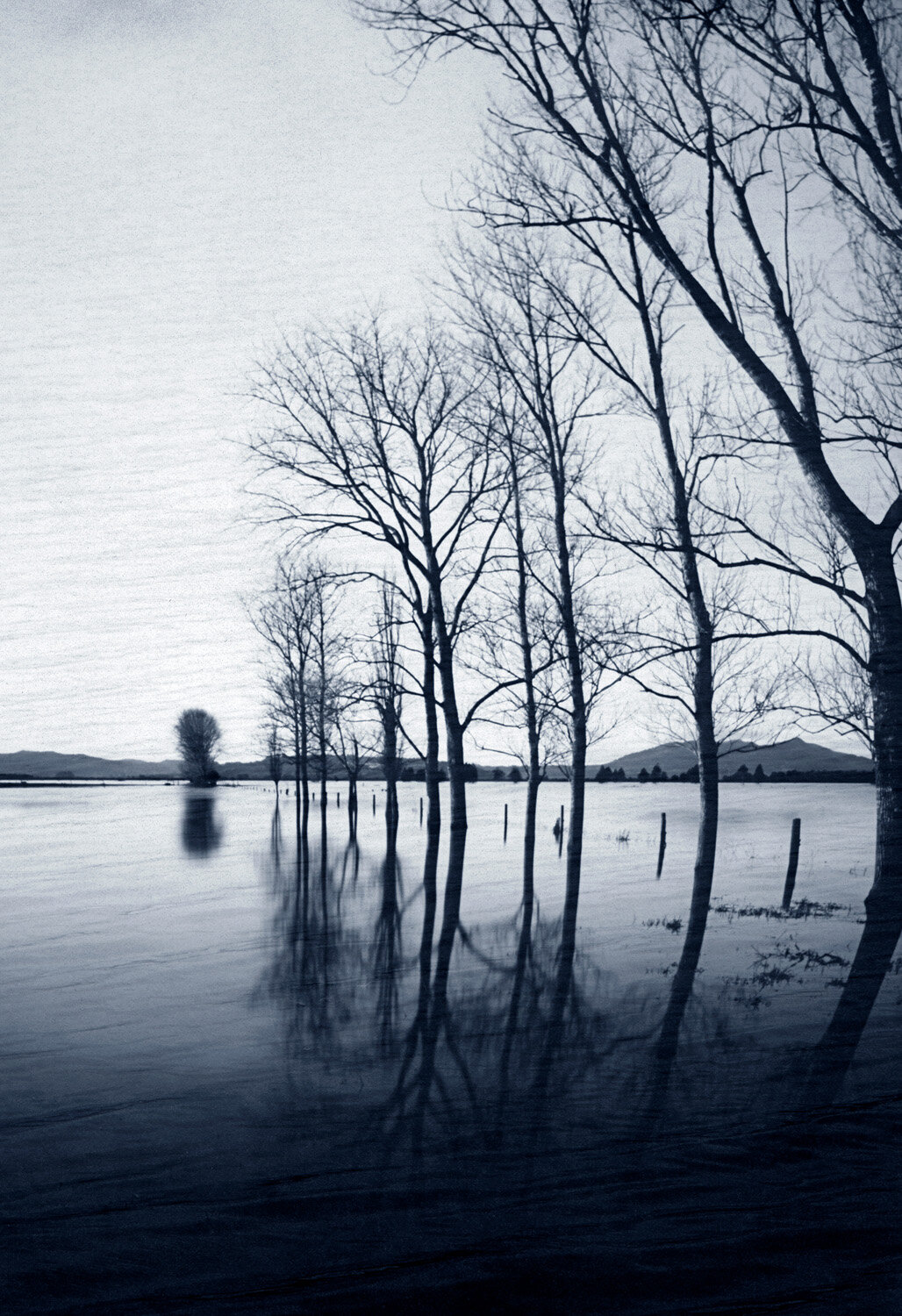The Light is Inconsolable
The Light is Inconsolable
Diane Stoppard
This portfolio by Diane Stoppard is from her exhibition of nine photographs at the Hangar Gallery, 14 Cross Street in Whangārei, in conjunction with the launch of the limited edition of the book of her photographs with poems by Arthur Fairley, The Light is Inconsolable, on 26th November 2020. The exhibition ran until 17th December.
The book was published in November 2020, with an essay by Cathy Tuato’o Ross. The three authors live in Te Tai Tokerau / Northland New Zealand, which is depicted in the photographs made during the past few years.
We are grateful to the writers for permission to briefly quote their words. The launch of the exhibition and book came at a hectic period for Stoppard, who, as the project leader for Whangārei’s magnificent Camera Obscura Sculpture, was extraordinarily busy with its public opening on 20 November 2020.
John B Turner, Beijing, December 2020
sound legal advice
The light likes to be liked.
So would you
if you had to hang around everything
and everyone.
At least the light can get
a night off.
And occasionally during the day
if a temp storm is brought in
but this doesn’t always work. Not always.
Sometimes a temp is hard to find.
We try to help. We really do.
We want to pass on our best wishes.
We try to be encouraging and positive.
At the end of the day
all we can suggest is that the light learns
how to keep a note.
- Arthur Fairley, from The Light is Inconsolable
The densely beautiful photographs are those of a person who has an internal light meter. For Diane Stoppard, her understanding of the materials and the techniques is so thorough that the images produced are not the result of serendipity (as is often the case with pinhole photography) but are the extension of sight combined with a precise imagination that comes from a long and highly disciplined practice. The pinhole camera has no viewfinder. It is low-tech to the point of being almost no tech. Black and white photographic paper is placed at the back of a tin, a lens that is nothing more than an honest pinhole is at the front. Light travels through the pinhole to the paper in a way that does not mimic human sight as the lens does not replicate the lens of the eye, (unlike most standard camera lenses), meaning the resulting photographic images are not the camera standing in for the human. Even if we were to look out from the site where the camera was placed, we would not see what the camera saw. The pinhole photograph also contains more time than a film or digital cameramade image. It stares rather than blinks. Exposures might be measured in minutes or even hours rather than fractions of seconds. Light seeps and burns rather than flashes….
Stoppard has layered the pinhole photographic images with digital photographs of the surface of water or atmospheric elements. Traces of colour bleed through the digital overlay, the contemporary element being perversely reminiscent of turn of the century handcolouring processes and the milky blues of daguerrotypes [sic. spelling] of even an earlier time. This echoing link to a visual past is in keeping with the presentation of place as “wild and found”, a trope that was the modus operandi of early colonial photographers of New Zealand. Places were wondrous and represented for consumption. The process of reduction, an unmeasurable sky or body of water scaled by the act of photography to the size of a page or a postcard, like the linguistic shift from ‘the sky’ to ‘my sky’.
Cathy Tuato’o Ross, excerpt from her essay in The Light is Inconsolable, 2020
About the authors. From The Light is Inconsolable, 2020
Arthur Fairley
When not reading books, writing poetry or listening to music, Arthur Fairley is an experienced criminal defense lawyer. Raised in a household containing hundreds of books, he studied law because of a deep love of words, and has written poetry all his life.
Arthur is actively involved in the Northland poetry scene, and his poems have been published in numerous issues of Fast Fibres and Take Flight.
Diane Stoppard
Originally from Taranaki, Diane Stoppard has made her home at the Whangārei Heads. She has a lifelong love of pinhole photography, and has traveled internationally researching the use of this most elemental form of capturing an image in commercial and art photography. Diane is the project leader for Whangārei’s Camera Obscura Sculpture.
“Pinhole images seem to record the past. Their long time exposures offer the landscape time to breathe, tell their story and help me make sense of my world”.
Cathy Tuato’o Ross
An independent artist, drawing teacher, writer and researcher, Cathy Tuato’o Ross lives and works between bush and sea on the way to Whangārei Heads, with her partner and their four daughters. In 2010 she was awarded a PhD from the University of Otago.
The Light is Inconsolable, published by Diane Stoppard and Arthur Fairley is available from PO Box 3223, Onerahi, Whangarei 0142, New Zealand. Or www.stoppard.nz. Fourteen poems and 16 photographs. Designed by Tasha Oxford and printed by Momento Pro as a limited edition of 100 copies, it sells for $NZ 75.00.
Diane Stoppard’s Portfolio: captions for viewers on hand-held devices:
1. The light on the water
2. Under a sky overcome
3. Clouds budding
4. The light is inconsolable
5. Under the shadow
6. Slow leaking
7. Late winter
8. Like smoke rising
9. Internal music









